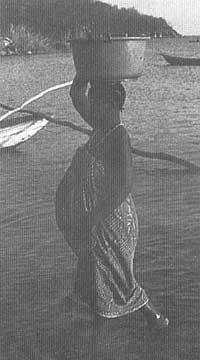Pregnant women under malaria

In countries where malaria is widespread, pregnant women are the most important risk group. The team of American researchers working in Nairobi, Kenya, has found that in the case of pregnant women, the malaria parasite adheres to a protein that can only be found in the placenta. It is a disease that spreads mostly to those who carry their first child.
Parasites often produce anemia, which causes women to have babies or anticipate delivery. Malaria-contaminated cetulas target the protein called chondroitin A, which is only found in the placenta. According to the researchers, therefore, chondroitin A is the main receptor of the malaria parasite.
The defensive system is not aware when the parasite enters, but it is not clear what is the cause of this strange behavior: that the parasite that adheres to the lime is different or that the receptor has certain peculiarities. They want to release this knot to prepare the malaria vaccine or, by default, to prevent the parasite from sticking to lime. The latter will not be easy as both the parasite and the receptor are variable.





